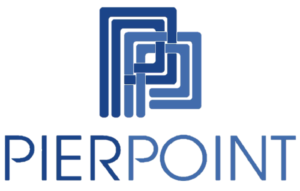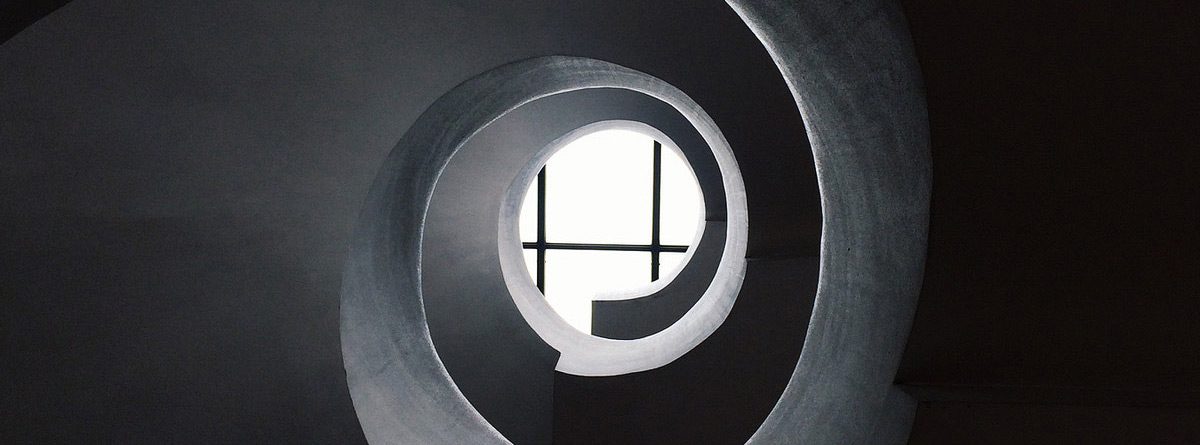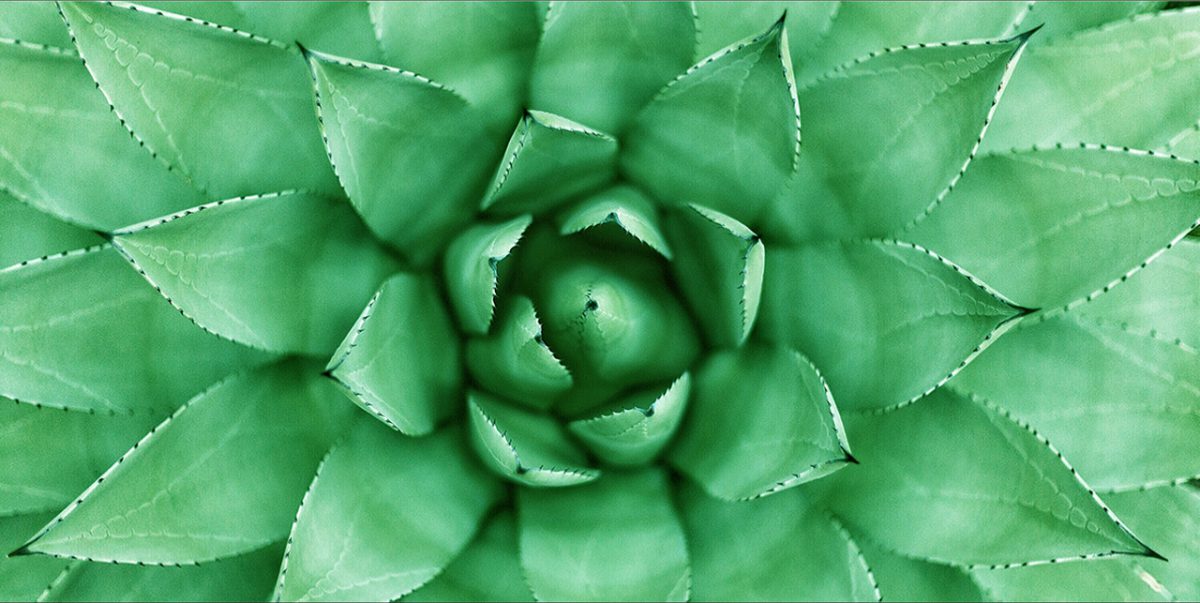Textiles material choices are ever increasing while applications are only limited to our imaginations. Textile research is a growing field worldwide with developments emerging everywhere – from industry, studios and academic centers.
A group of researchers at MIT has recently developed a material that reacts to temperature – expanding as it warms and contracting as it cools. The planned application is in athletic wear but there conceivably could be adaptations made for textiles used in interiors. It is not a huge leap to consider the use of such a material in bedlinens that could regulate temperature to the user or multiple users. Or possibly sheers that becomes more opaque as the day wanes, providing privacy as space becomes lit from inside.
Industrial nettings and specialized architectural membranes are among the high-tech textiles developed for construction purposes with others on the way. Students at the Bartlett School of Architecture are looking at an unusual way to use textiles where instead of applying the material to a supporting structure, the fabric itself is constructed in a load bearing matrix. So far, the resin reinforced felt has only been used in the fabrication of a wall and chairs but the idea noise dampening and tactile characteristics of felt offer great potential.




